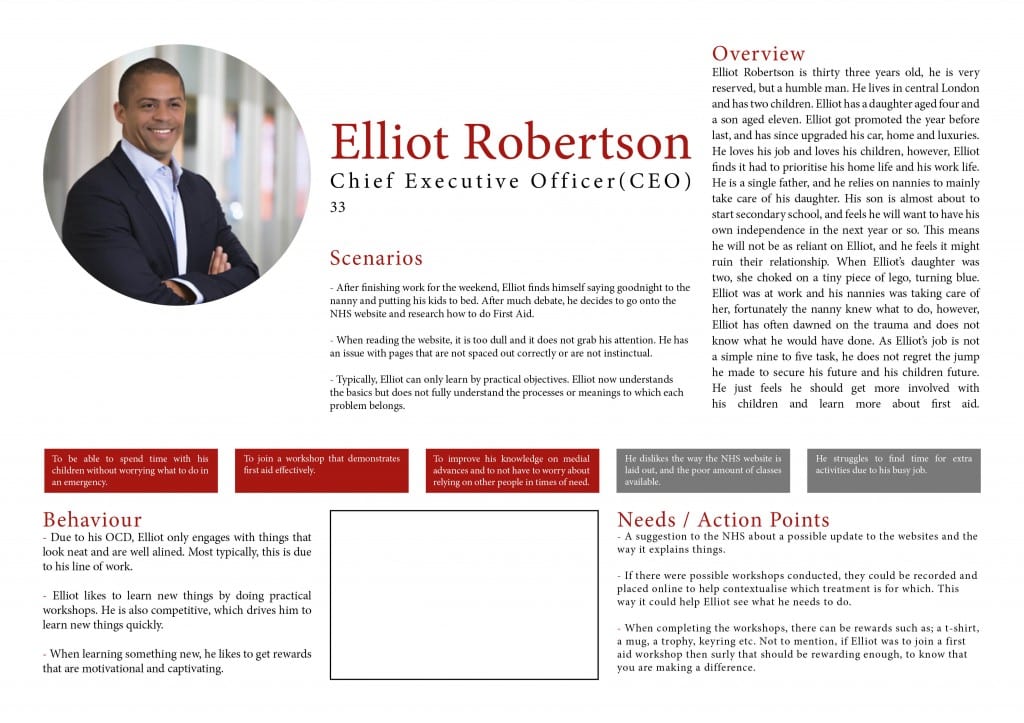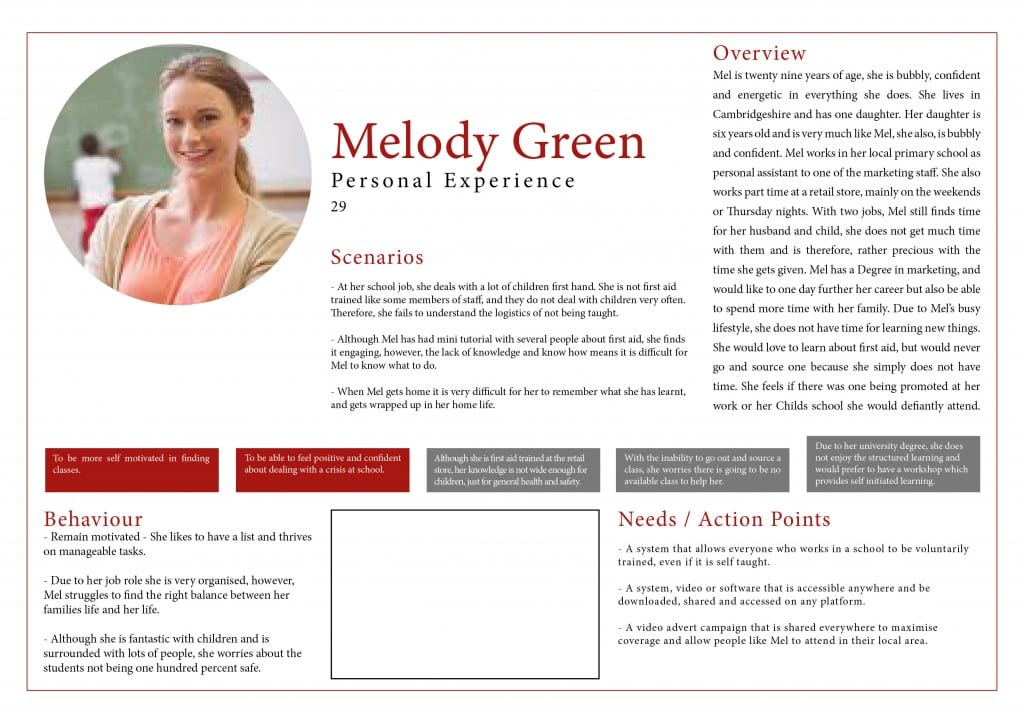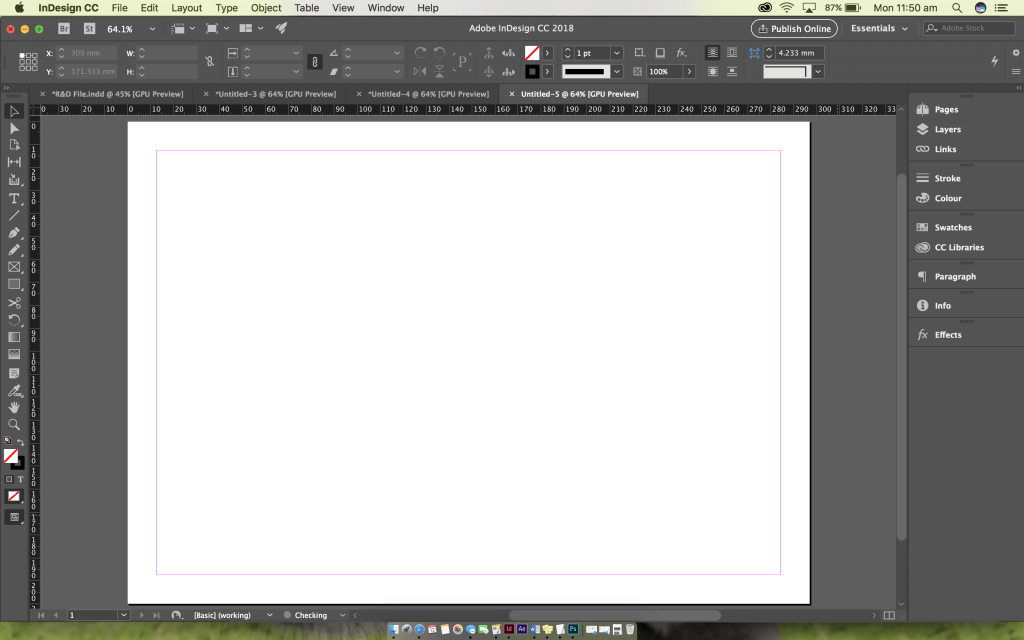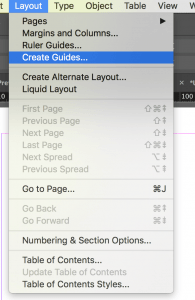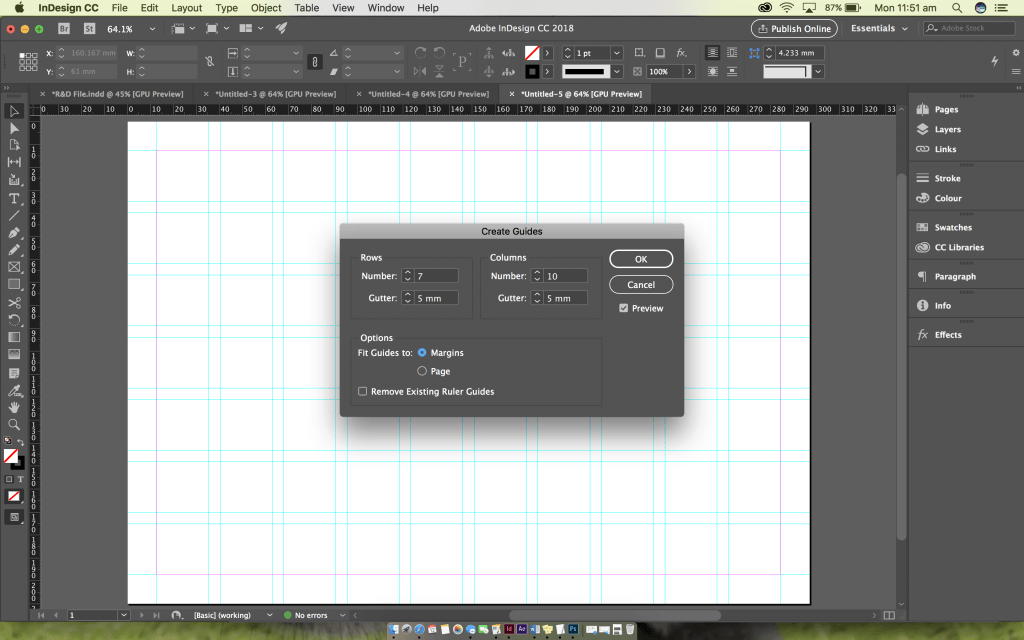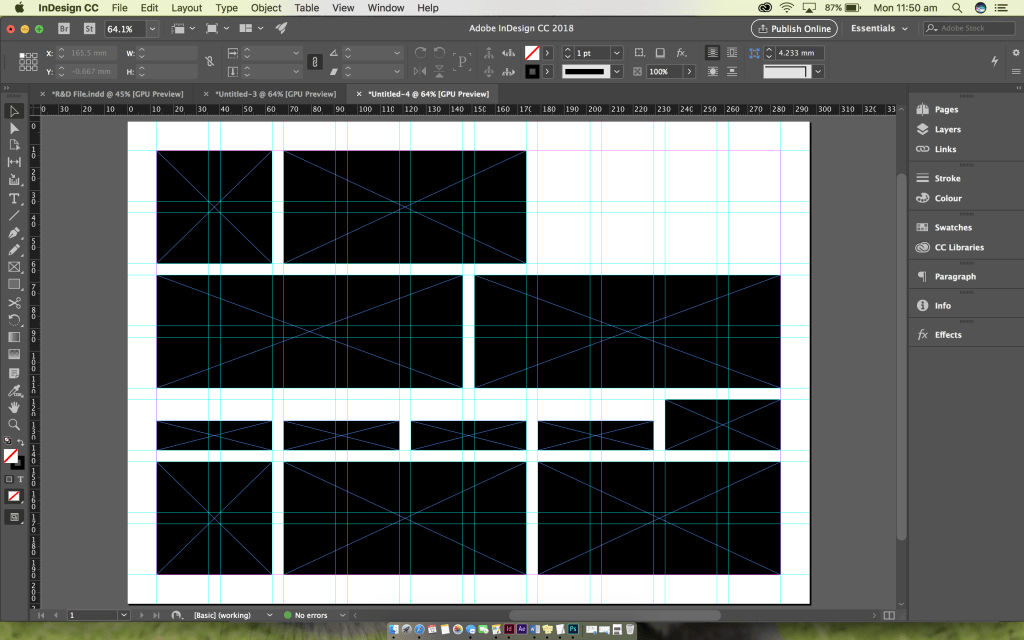Proposed Solution
How to advice new parents and children on paediatric first aid care? In the recent event of concluding my research, I have come to the decision to change this question. I will now call the problem; How to add Paediatric first aid into schools?
The research has shaped my development in a way I never considered.
I have decided to tackle this problem in two areas, primary and secondary schools. Both are very important and different in terms of their education and how they are taught. Although they are taught differently it would be a wise and less time consuming objective to arrange the same project to see how they both benefit from it. Furthermore, It might be the case the higher education takes to it better than the younger field, and this might also work vice versa. Moreover, I should probably explain what this concept is.
I am going to put together a twelve-week programme that explores and highlights all the important things of first aid. Using workshops, media platforms such as Virtual Reality, Interactive Videos/Images and potentially games (not apps). All these potential programmes will be used in a way that highlights the academic resources and techniques, they will be used instead of the conventional methods of teaching. The point to this programme is not to have a class of students sit and listen to someone talk at a powerpoint presentation, the logistics behind this proposal is to engage students mentally and physically by following social and industry trends. Every VR element, game, or interactive project will have an element of learning in it, this means that they will be aware of some of it, and at other points, they will not even know they have learnt about it. Almost like subliminal messaging.
I realise this project will not be cheap and it will take some time to develop, however, I really believe involving a first aid subject in schools is the way forward. It will stop further strain to the NHS and it will prevent people dying in the streets because no one knows what to do. Not only this, but it will prepare everyone mentally, helping save someones life is daunting.
One weekend I was at work, and I came out of the office and went onto the shop floor, and I saw something hit the railing where the boxes were kept. As I walked around, I saw a man lying on the floor where he fainted and fell straight into the railings. Everyone except his carer and one stranger helped this man to his feet, everyone else was just ignoring him or walking past. I was the only staff member who offered to help and straight away I notified my superior because I am not first aid trained, there was nothing I could do except notify someone who did. I did not know what to do, I would have loved to have known. But unfortunately, I did not. Thankfully this man was okay, but if there was a ninety percent average of people in that shop that knew what to do, no one would have just walked by, nor would they be staring at him in an awkward state.
I decided to do a little more primary research, therefore, I decided to speak to an expert in the field of medical care. I contacted my local ambulance station and was able to speak to a paramedic, I gave this expert three questions to answer.
In conclusion, it helped me discover what the professionals would think if this programme decided to hit schools all over the UK. This result has made me realise I only need to focus on the one school, for now, this will be primary schools. As the medical expert said in her response, teenagers in secondary schools have other things to worry about, i.e their exams and GCSE’s etc. Donna also stated it is acceptable to show certain things to children under eleven because it could save someone’s life if they were the only person around and they were able to do CPR. Click here to see all the results.
